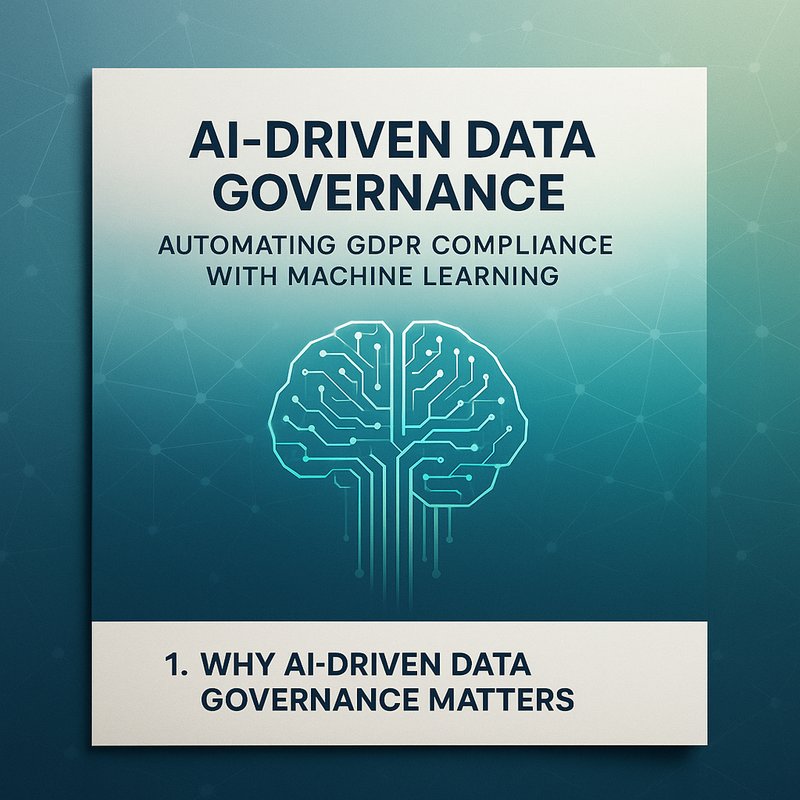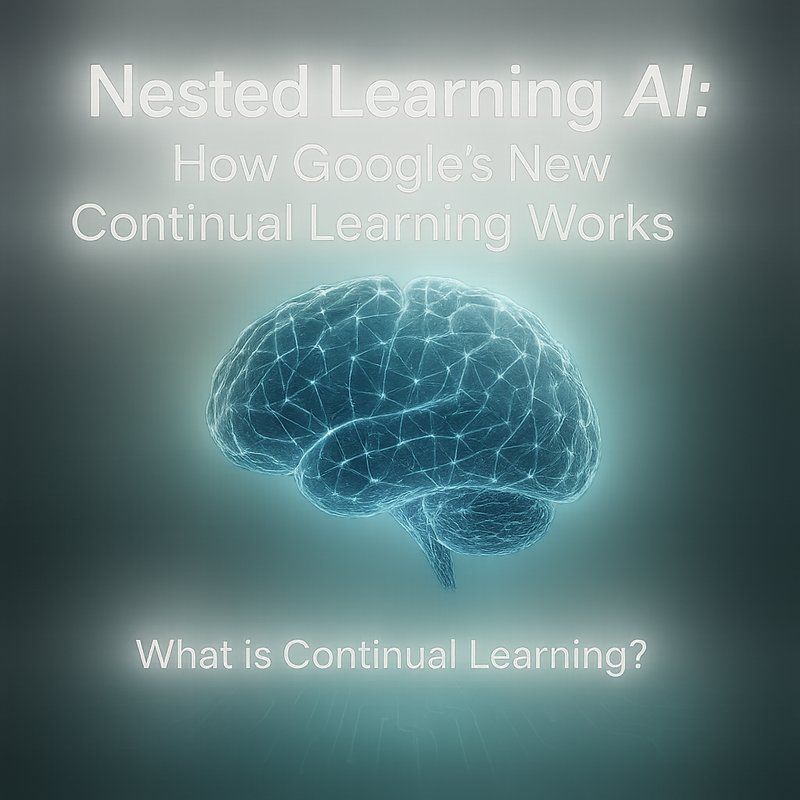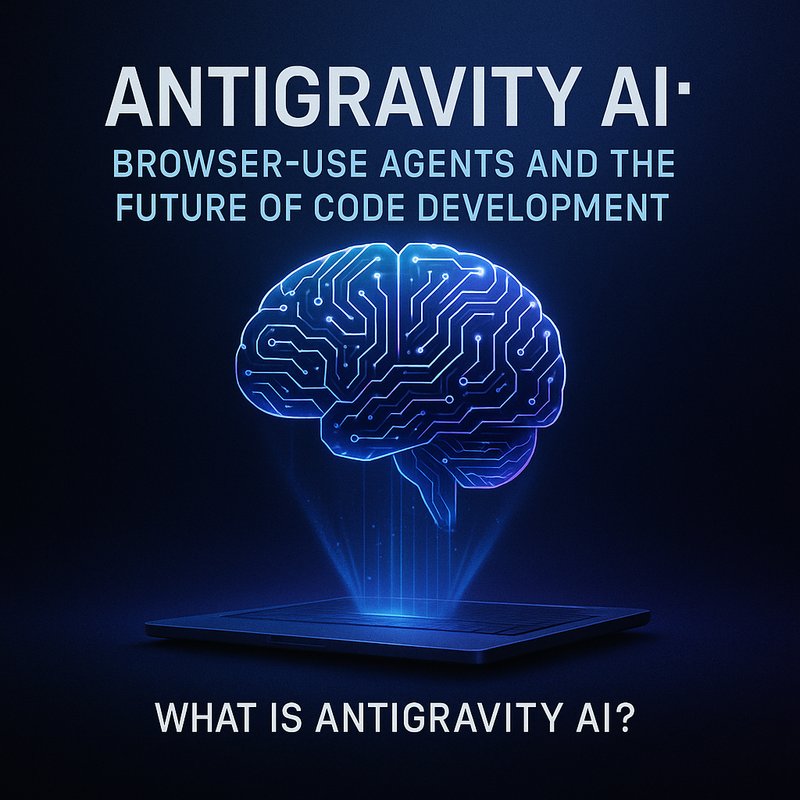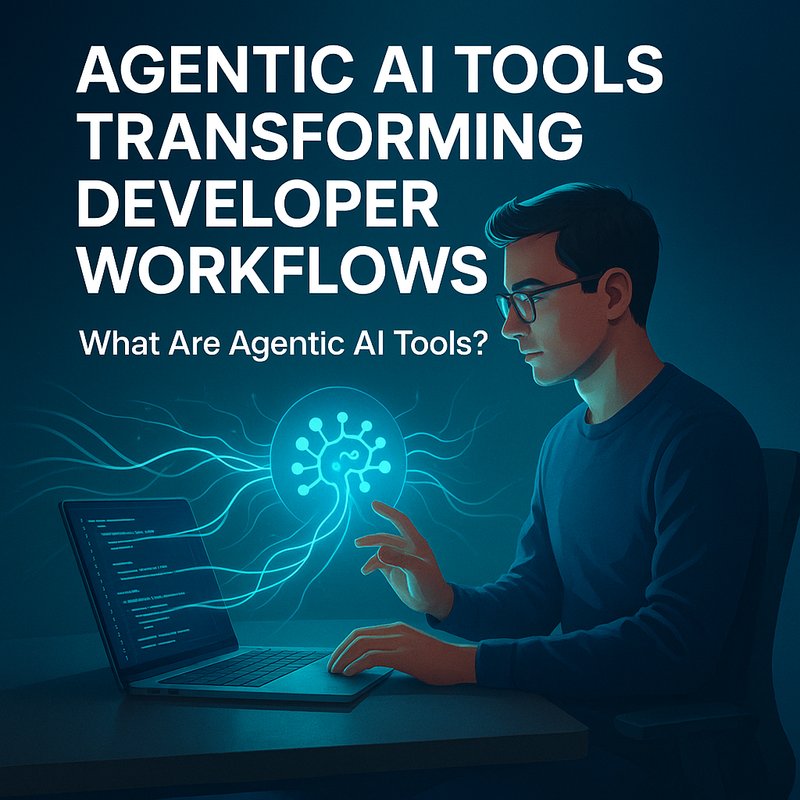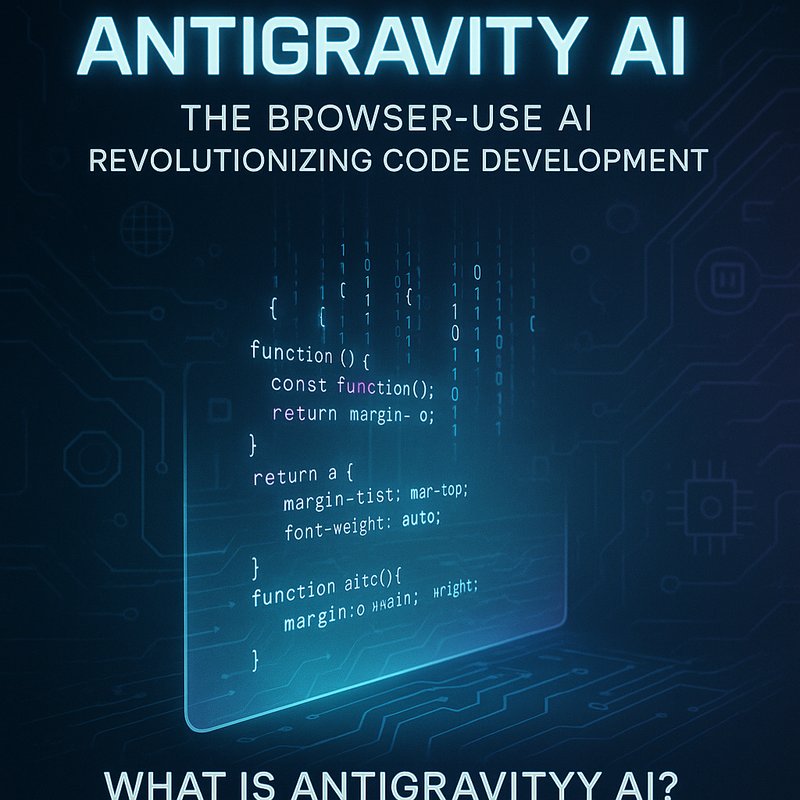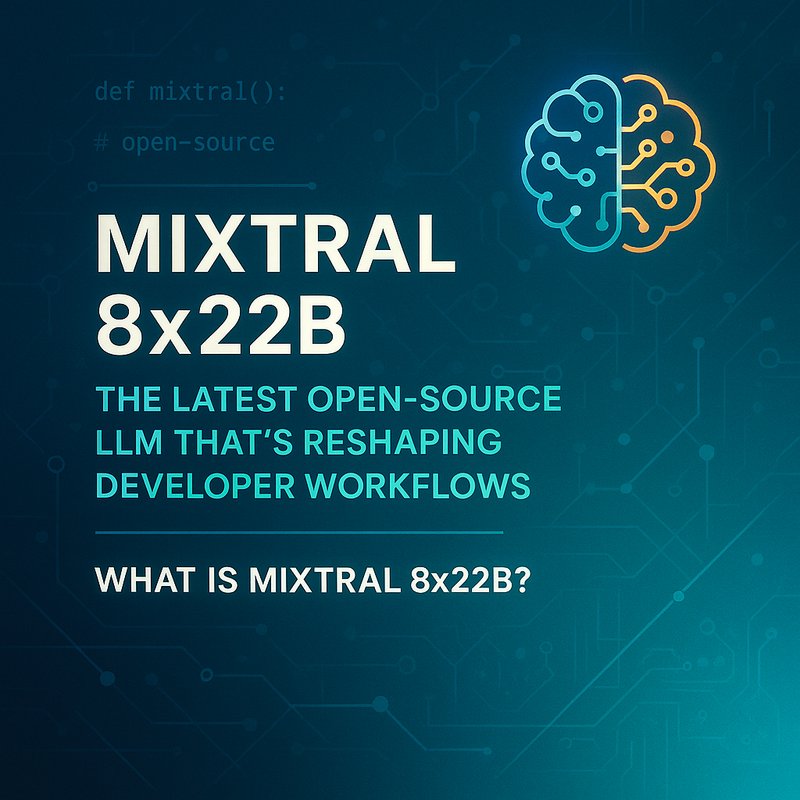Data protection laws like GDPR are tightening every year.
Companies that want to stay compliant need a system that can find, classify, and protect personal data across all their digital assets.
AI-Driven Data Governance is the answer.
It uses machine learning to scan documents, databases, and cloud storage, then automatically tags, classifies, and enforces policies.
In this guide we’ll walk through why it matters, how it works, and how you can start building it today.
We’ll also look at real‑world examples and practical steps that fit into any organization, no matter the size.
1. Why AI-Driven Data Governance Matters
GDPR requires that personal data be identified, stored securely, and deleted when no longer needed.
Traditional manual processes are slow, error‑prone, and hard to scale.
AI can speed up discovery, reduce false positives, and keep your data catalog up to date.
1.1 The Cost of Non‑Compliance
- Fines: Up to 4 % of global revenue or €20 million, whichever is higher.
- Reputation damage: Loss of customer trust can be long‑lasting.
- Operational disruption: Manual audits can halt development cycles.
1.2 The Promise of AI
- Speed: Scan terabytes of data in minutes.
- Accuracy: Use natural language processing to understand context.
- Automation: Trigger policy actions automatically.
2. Core Components of an AI-Driven Data Governance System
Below is a high‑level view of the main parts you’ll need.
Each component can be built with open‑source tools or commercial services, and they all fit together through APIs.
2.1 Data Discovery Engine
The discovery engine crawls file systems, databases, and cloud buckets.
It uses a combination of:
- Metadata extraction: File names, tags, and timestamps.
- Content analysis: NLP models that spot names, addresses, and other personal identifiers.
- Schema inference: Detects columns that likely hold personal data.
2.2 Classification Model
Once data is discovered, the classification model assigns a sensitivity level:
- Public – No restrictions.
- Internal – Limited to employees.
- Confidential – Requires encryption and access control.
- Highly Sensitive – Must be protected under GDPR.
The model is trained on labeled examples and can be fine‑tuned for your industry.
2.3 Policy Engine
Policies define what actions to take for each sensitivity level:
- Encryption – Apply AES‑256 or quantum‑safe algorithms.
- Access control – Use role‑based permissions.
- Retention – Set automatic deletion dates.
- Audit logging – Record every access or change.
The policy engine can be rule‑based or use reinforcement learning to optimize decisions over time.
2.4 Governance Dashboard
A single pane of glass shows:
- Data inventory – How many files, tables, and records are classified.
- Compliance status – Percentage of data that meets GDPR requirements.
- Alerts – New data that violates policies.
- Reports – Exportable PDFs for auditors.
The dashboard can be built with Grafana, Kibana, or a custom React app.
3. Building Your First AI-Driven Data Governance Pipeline
Below is a step‑by‑step recipe that you can follow in a week.
We’ll use Python, open‑source libraries, and a cloud provider’s storage services.
3.1 Set Up Your Environment
# Create a virtual environment
python -m venv venv
source venv/bin/activate
# Install dependencies
pip install pandas numpy scikit-learn transformers boto3
3.2 Crawl Your Data
import boto3
import os
s3 = boto3.client('s3')
bucket = 'my-company-data'
def list_objects(prefix=''):
paginator = s3.get_paginator('list_objects_v2')
for page in paginator.paginate(Bucket=bucket, Prefix=prefix):
for obj in page.get('Contents', []):
yield obj['Key']
for key in list_objects():
print(key)
3.3 Extract Metadata

import pandas as pd
def extract_metadata(file_key):
# Example: parse file name for dates or user IDs
parts = file_key.split('/')
return {
'filename': parts[-1],
'folder': '/'.join(parts[:-1]),
'size': os.path.getsize(file_key)
}
3.4 Run NLP Classification
from transformers import pipeline
nlp = pipeline('zero-shot-classification',
model='facebook/bart-large-mnli')
def classify_text(text):
labels = ['public', 'internal', 'confidential', 'highly sensitive']
result = nlp(text, labels)
return result['labels'][0] # highest score
# Example usage
sample = "John Doe, 123 Main St, john@example.com"
print(classify_text(sample))
3.5 Apply Policies
def apply_policy(record):
if record['sensitivity'] == 'highly sensitive':
# Encrypt and set retention
encrypt_file(record['path'])
set_retention(record['path'], days=365)
elif record['sensitivity'] == 'confidential':
# Restrict access
set_acl(record['path'], roles=['data-team'])
3.6 Build the Dashboard
Use Grafana to pull metrics from a PostgreSQL database that stores the classification results.
Create panels for:
- Total records by sensitivity.
- New alerts per day.
- Compliance score.
4. Real‑World Example: FineryMarkets.com
FineryMarkets.com needed to audit 2 TB of customer data stored across S3, RDS, and on‑premise servers.
They followed this approach:
- Discovery – Scanned all buckets in 3 hours.
- Classification – Trained a model on 5,000 labeled records.
- Policy enforcement – Encrypted all highly sensitive data and set a 90‑day retention policy.
- Dashboard – Built a Grafana dashboard that updated every 15 minutes.
Result:
- Compliance score rose from 45 % to 92 %.
- Audit time dropped from 2 days to 2 hours.
- Fines avoided: €0.
Read the full case study at https://blog.meetneura.ai/#case-studies.
5. Common Pitfalls and How to Avoid Them
| Pitfall | Fix |
|---|---|
| Over‑labeling data | Use a balanced training set and validate with human reviewers. |
| Ignoring data drift | Retrain models every 3 months or when new data types appear. |
| Poor policy granularity | Start with broad rules, then refine on audit findings. |
| Lack of audit logs | Store every policy action in a tamper‑proof ledger. |
| Ignoring encryption keys | Use an HSM or cloud KMS that supports quantum‑safe algorithms. |
6. Future Directions
- Federated learning – Train models on local data without moving it to a central server.
- Explainable AI – Provide human‑readable reasons for each classification.
- Zero‑trust data access – Verify every request against policy before granting access.
- AI‑driven risk scoring – Combine data sensitivity with threat intelligence to prioritize remediation.
7. Getting Started
- Define your scope – Which data stores and file types will you include?
- Choose a model – Start with a pre‑trained transformer and fine‑tune.
- Set up a policy engine – Use a rule engine like Drools or a custom Python script.
- Deploy the dashboard – Grafana or Kibana are good starting points.
- Iterate – Review alerts, adjust models, and refine policies.
For more tools, visit https://meetneura.ai/products.
If you need help, check out the community forum or contact support.
8. Conclusion
AI-Driven Data Governance is not a luxury; it’s a necessity for any organization that handles personal data.
By automating discovery, classification, and policy enforcement, you can keep your data compliant, reduce risk, and free up your team to focus on higher‑value work.
Start small, iterate fast, and watch your compliance score climb.
